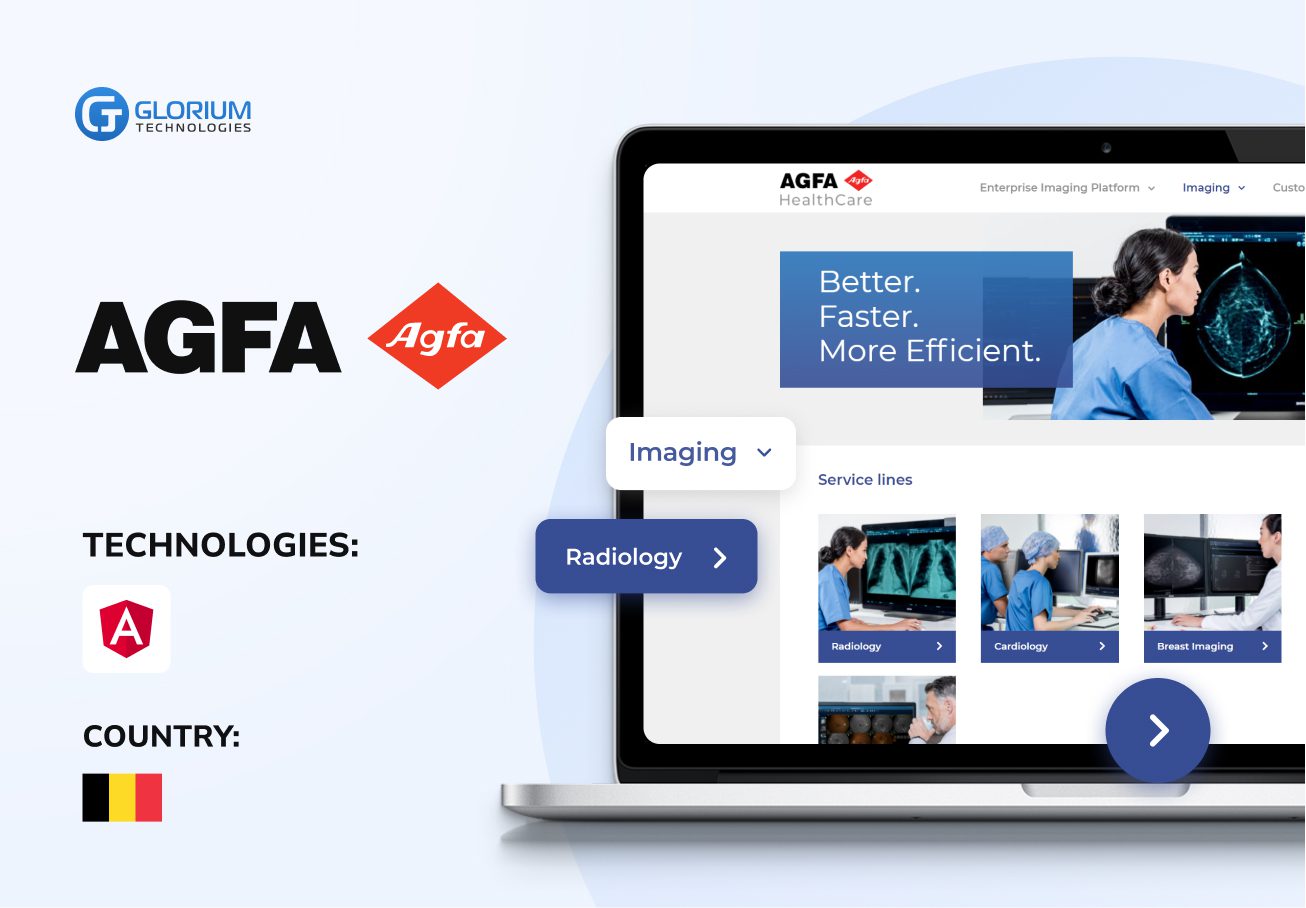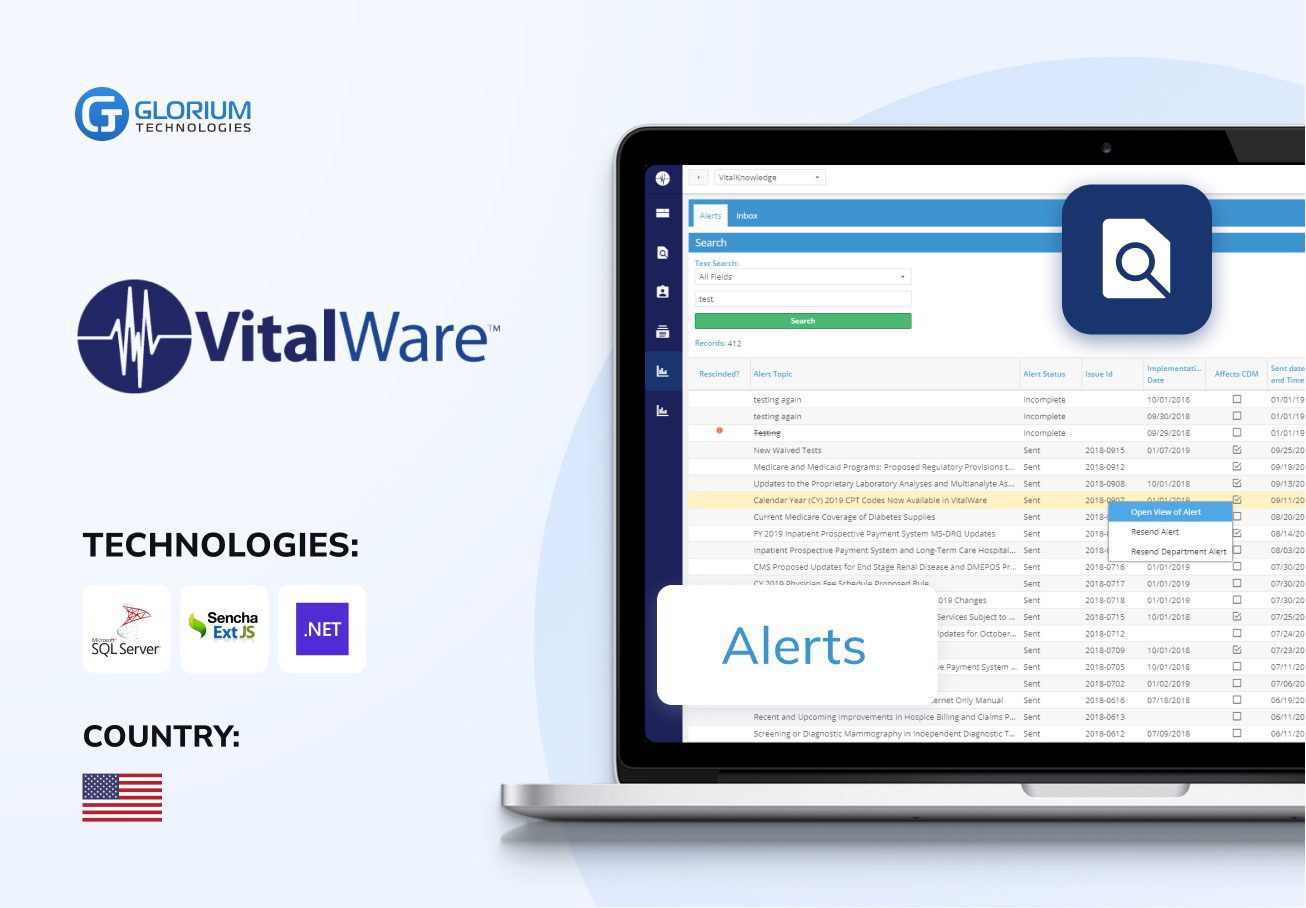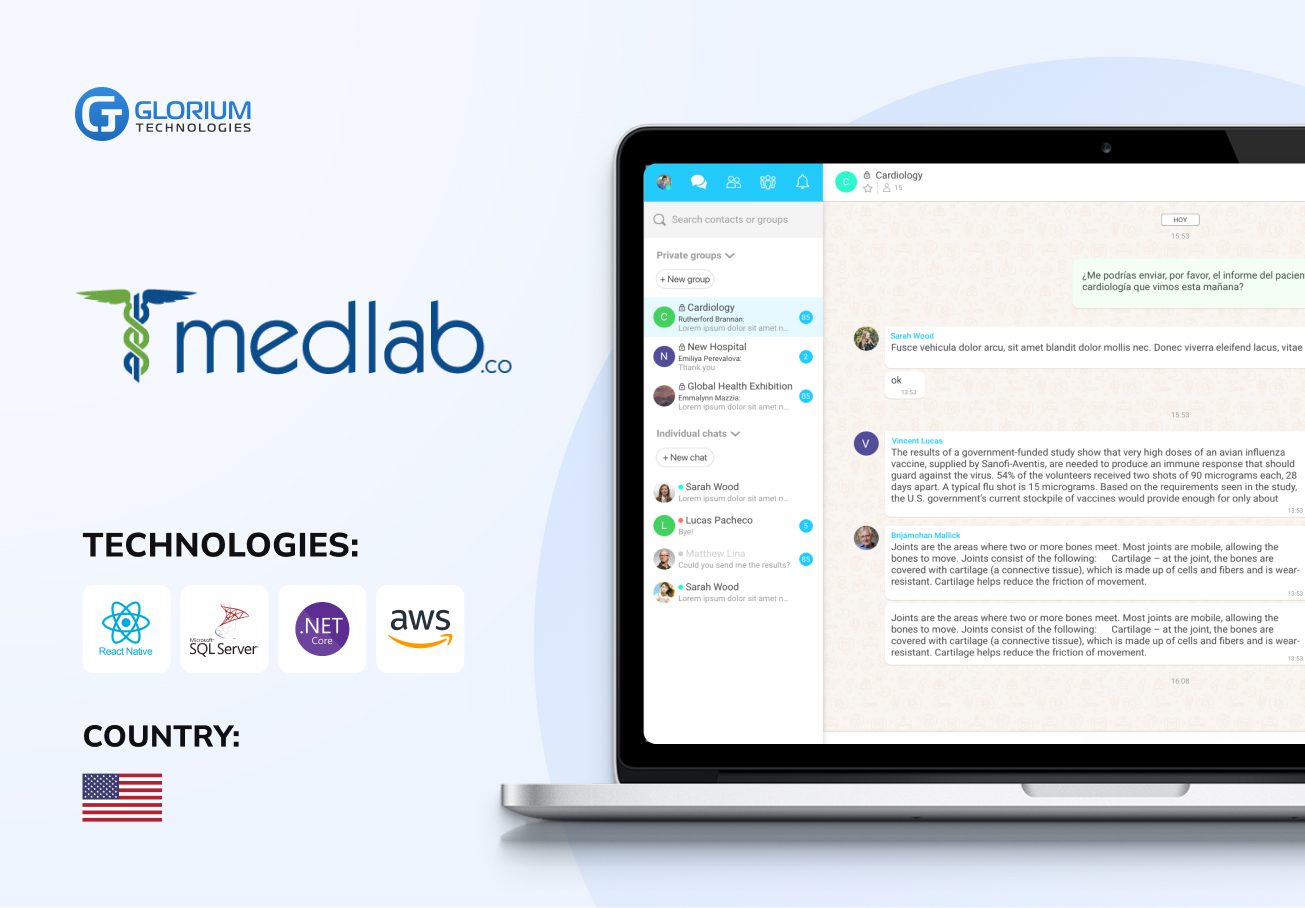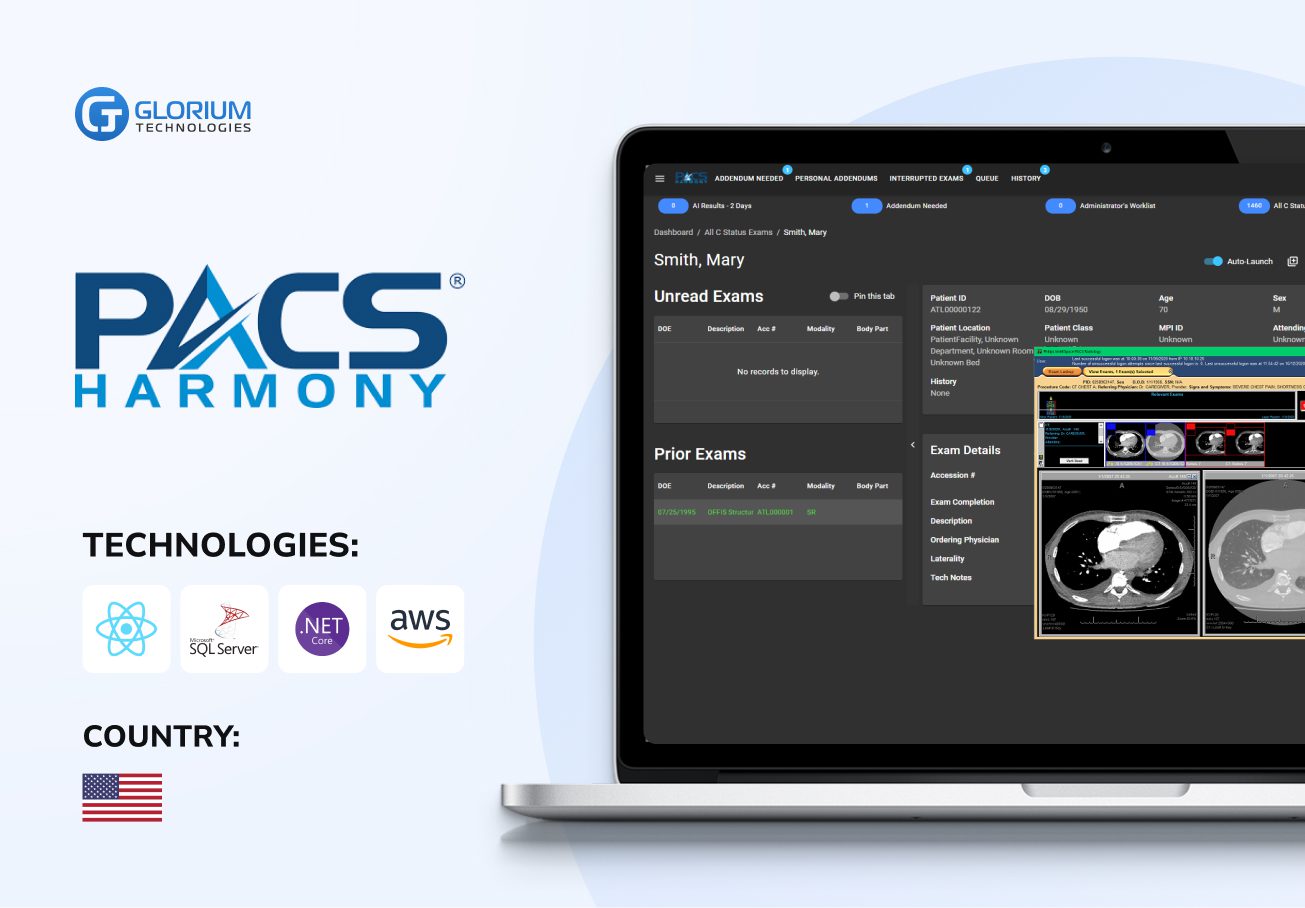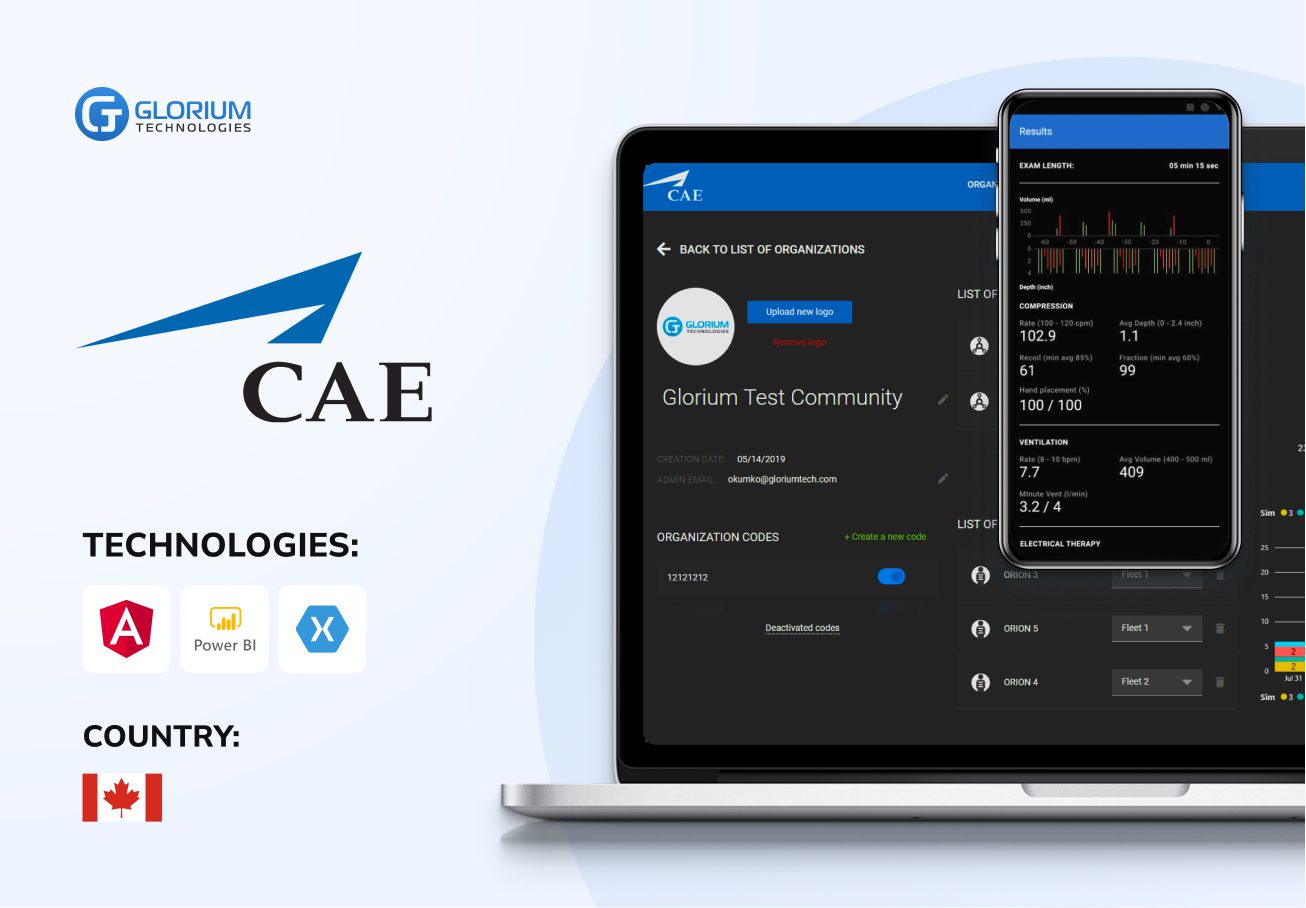DICOM Integration Solutions Development


Your Budget, Simplified - Discover Your Project's Cost
What would you like to do?
What do you already have?
Platform type
Choose your industry
- solution type
When do you want to start?
You can select more than one variant

Medical Imaging for Mobile & Web Applications
Migrate your existing DICOM data safely and provide smooth integration into your EHR/EMR, RIS, HIS, or any other medical information system that you use.
Our professional team can help you reduce risks and create a flexible product that will grow alongside your business.
Program teleradiology to send secure DICOM communications across disparate systems. You can expand your PACS and VNA teleradiology capabilities.
We can build you a custom program that has all the necessary features plus the advanced features you request.
Get more flexibility within your workflow. Use our DICOM web services to integrate EHR/EMR, RIS, HIS, and PMS with PACS software.
Make it easier for your healthcare professionals to access medical imaging data easier and without disruption.
Enhance your system’s efficiency. We have solid experience developing scalable PACS server software solutions for all types of DICOM images.
You’ll have efficient and strong data storage with essential management features and easy access.
Get customized reporting modules with templates and speech recognition functionalities integrated into your DICOM systems to make life easier for radiologists.
We build customized solutions that can integrate with your existing systems without a hassle.
Why Choose Custom PACS DICOM Software Development
Who We Serve
How Custom DICOM Solutions are Helping Healthcare Professionals
Contact us via form, and we’ll give you a free consultation on the best possible way to cover your needs at a minimal cost without sacrificing quality.
- Guarantees compliance with regulations
- Provides data accuracy
- Enhances diagnostics accuracy
- Facilitates interoperability
Looking for a Team to Develop a DICOM Product?
Recent healthcare clients

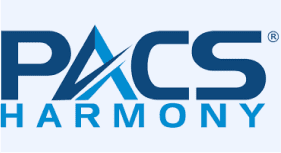


What our clients say about us
Our clients journeys
Who we are
About usGlorium Technologies is a full-cycle app & software development company which covers specific client business needs and manage them with the help of the best possible technology solutions.
Since 2010, we have been inventing digital breakthroughs, helping startups and businesses come out on top in their markets.

Why choose us
Let's Connect!
Why Professional DICOM Development is Essential for Your Medical Practice
Digital Imaging and Communications in Medicine (DICOM) is the backbone of present-day medical imaging solutions. DICOM is a global standard for medical image storage as well as the transmission and sharing of information among different healthcare facilities and devices.
In simpler words, DICOM files create better communication between medical imaging systems and workstations to make healthcare personnel’s lives easier.
DICOM solutions are created to help companies meet the increasing need for the implementation of medical imaging standards in the healthcare industry. A common platform for managing and sharing medical images is essential, especially when advancements in the field of medical imaging technology and the availability of a variety of modalities, is active. The purpose of DICOM development is to connect imaging equipment vendors, healthcare organizations, and IT solutions to enhance patient care, diagnostic services, and operational effectiveness.
In this article, we will focus on DICOM functions, analysis of medical images, the difficulties of DICOM creation, possible issues of in-house implementation, and the advantages of professional DICOM development. We will also give recommendations on how to select the suitable DICOM development service as well as explore how Glorium Technologies can assist your medical practice in this critical process.
What are the Necessary Functions of DICOM?
We already discussed what DICOM is. But what about the functions? DICOM is such a complex software that we can’t just say it’s for gathering medical images. In this section of our article, we’ll explore various functions DICOM medical imaging software has.
Image storage and retrieval
DICOM standard specifies a format for creating files for storing medical images and their descriptions. This function makes it easier for healthcare providers to store and retrieve images, thus making patient records readily available in the future.
Network communication
DICOM provides a method of transferring medical images and related information in a secure manner over networks. This function enables remote patient care, telemedicine, and the transfer of patients’ information among different health facilities.
Workflow management
DICOM is applied in many of AIMG’s processes, such as image capturing, picture archiving, manipulation, documentation, and storage. This function covers the entire process of imaging, starting from the registration of the patient to the final diagnosis.
Display and presentation
DICOM defines how images should be visualized on different devices so that the appearance is the same for all devices. This is very vital in ensuring that correct diagnoses and interpretations are made on the medical images.
Print management
In addition, DICOM has provisions for printing medical images, far and wide, making it easier for healthcare givers to produce hard copies of the images when needed.
Security and privacy
DICOM also has security elements that can be applied to secure such sensitive patient data, such as encryption and access control methods. This function is crucial in the protection of patients’ information and in meeting legal and medical standards.
The DICOM defines a standard for medical imaging systems, creating a language and format for medical image data. It outlines a framework of standard procedures and formats of data transmission that can be used in various imaging techniques and healthcare facilities. Thus, DICOM defines the format of images, metadata, and communication interfaces that allow to exchange and interpret medical images across different systems and vendors.
Therefore, DICOM is an important standard that helps to maintain the compatibility of different imaging equipment and systems. It enables such devices as CT scanners, MRI machines, and ultrasound devices to exchange data and information in a proper manner. This interoperability also includes Picture Archiving and Communication Systems (PACS), Radiology Information Systems (RIS), and Electronic Health Records (EHR) to provide a seamless healthcare IT environment.
Through the support of interoperability, DICOM increases communication between healthcare givers, decreases the chances of incorrect diagnosis or treatment, and increases the quality of patient care.
The Complexities of DICOM Development
Creating DICOM-based solutions is a rather complicated process that takes into account the specifics of medical imaging techniques, healthcare environments, and information technologies. The complexity of the DICOM development arises from the need to meet certain prescribed standards while at the same meeting the needs of the healthcare providers and also integrating with other systems. Here are some of the main features that would help to explain why professional DICOM development is critical to medical practices.
Professionals offer extensive standard compliance
DICOM is a vast standard with many parts and supplements, each of which deals with particular issues concerning medical imaging and communication. Thus, developers should have profound knowledge of these standards to meet all of the requirements and follow the rules.
Staying in the loop with the latest DICOM standard is a task in itself. With the advancements in radiology and other medical imaging and healthcare technologies, the DICOM standard is updated frequently. Thus, DICOM experts who create professional DICOM solutions should be aware of these changes and update their software to provide compatibility and satisfying performance.
Professionals know how to work with complex data structures
DICOM uses complicated data models to encode medical image data as well as its context information. Such structures, known as Information Object Definitions (IODs), need to be properly implemented to correctly model the patient information, study, and image attributes.
Also, DICOM uses different Transfer Syntaxes to encode and compress the image data that is to be transferred. There are other transfer syntaxes that should be developed by the developers to make sure that they can work with different imaging devices as well as to increase the efficiency of data storage and transfer.
Professionals can implement a network protocol
Such services are developed based on a number of protocols that define the relationships between medical imaging devices and systems. Thus, to put these protocols into practice, one has to be knowledgeable in network programming and the pattern of DICOM message exchange.
They also need to manage connections, negotiate associations, and handle errors so that the communication is secure between the two DICOM entities.
Professionals can comfortably integrate your DCOM with existing healthcare systems
DICOM solutions are not standalone, as a rule. They must also be compatible with other healthcare IT systems, including EHR/EMR, PACS, RIS, and HIS. This integration entails understanding other healthcare standards and specifications that go beyond DICOM, including HL7 and IHE profiles.
The following are the challenges that developers face when working on this project: dealing with legacy systems, data transformation between different standards, and patient identification across various systems.
Professionals offer performance optimization and flexibility
Medical imaging produces large amounts of data, and DICOM systems must be able to manage this data. Optimized algorithms for image compression, retrieval, and display are necessary to be incorporated by developers to enhance the performance of the system.
Another important factor is scalability because DICOM solutions should be capable of adapting to the changes in the capacity of healthcare organizations. This calls for proper system architecture that involves the design of distributed systems that can accommodate the ever-growing workloads and storage demands.
Professionals offer security and privacy
Since DICOM development deals with sensitive patient information, security must be a primary concern. Ensuring that the patient’s information is secure requires the use of strong measures such as encryption, access control, and auditing.
Another challenge that developers must meet is compliance with various healthcare standards, for example, HIPAA in the United States, which, in turn, complicates the DICOM application. These are some of the aspects that should be put in place to ensure that the proper security measures are in place; this includes putting in place a structure to enhance secure data transfer, ways of anonymizing the patient’s information, and ways of keeping the detailed logs of the patient information access.
The Risks of DIY or In-House DICOM Development
Even though some medical practices may be inclined to create their own DICOM solutions, this can be very dangerous since it can compromise the well-being of patients, efficiency, and legal standards. DIY or in-house DICOM development often does not have adequate skills and tools to develop stable and highly efficient applications that meet all the DICOM standards. Let’s look at some of the major threats of this approach.
Insufficient expertise and resources
Creating DICOM solutions involves the use of technical expertise and understanding that may be scarce in a general physician’s office or in an IT department of a health facility.
This reason is that in-house teams may not be able to handle the intricacies of DICOM standards, thus implementing only parts or implementing it in the wrong ways. This leads to problems such as incompatibility, different sets of data, and errors in the treatment of patients.
Furthermore, the time and effort that are to be channeled into DICOM implementation may be a distraction from the primary functions of the medical activities, thus affecting the quality of patient care and practice effectiveness.
Non-compliance with standards and regulations
The DICOM standards are vast and dynamic; new developments are made periodically. Internal developers might not have the ability or the time to check for modifications frequently and check for all the possible compliance.
Failure to meet the standards of DICOM means that the patient’s medical images and information cannot be shared with other providers, or metallic objects cannot be detected when scanning the patient’s body.
Also, ignoring the laid down legal requirements like HIPAA can lead to serious legal and financial repercussions to the medical practice.
Limited scalability hindering future growth
In-house DICOM-based solutions might be designed to meet the current requirements and may not foresee the future requirements and the evolution of the technology.
Thus, when the medical practice develops or when new imaging modalities appear, the in-house system might experience difficulties in meeting these changes, which may lead to a decrease in performance, bottlenecks in the workflow, or the necessity to invest in the development of the in-house system.
Poor vision in the design of architecture leads to solutions that are soon out of date and need to be upgraded or replaced often, and this is disruptive.
Increased security risks
The process of designing secure DICOM solutions implies the understanding of healthcare data protection measures and cyber security trends. In-house teams may fail to identify important security measures or may incorrectly apply them, which would expose patients’ data to leakage or theft.
The Benefits of Professional DICOM Development
There are many benefits of professional DICOM development that can greatly improve the effectiveness, reliability, and quality of medical imaging and diagnostics in hospitals and clinics. Thus, medical practices should involve specialized developers to guarantee that the implemented DICOM is compliant and optimized for their practice.
Ensuring seamless integration with existing systems (EHR/EMR, PACS, RIS, HIS)
Most of the professional DICOM developers have vast knowledge of how images can be integrated into different HIS. They are conversant with the peculiarities of numerous standards and protocols in healthcare IT to help integrate DICOM systems with other infrastructures.
This competence ensures that medical images and the corresponding data are easily transferred between applications, including EHR, PACS, RIS, and HIS. The result of this is to create a comprehensive system through which healthcare providers can be able to easily retrieve and manage patients’ information from any of the interfaces used.
Enhancing data security and compliance with regulations (e.g., HIPAA)
The current development of DICOM software is concerned with the protection of patients’ information and following set rules and regulations in the healthcare sector. This field involves the creation of secure systems that prevent the exposure of patient information to any form of breach or loss.
It guarantees that DICOM solutions contain the following characteristics: end-to-end encryption, strong user authentication, and accounting. Also, professional developers are aware of the current legislation, for example, HIPAA in the United States, and create applications that meet or exceed compliance standards. Such an approach allows medical practices to prevent possible legal problems and to ensure the patients’ confidence.
Improving workflow efficiency and reducing administrative burdens
The DICOM solutions created by the specialists are based on the knowledge of the work processes in healthcare and the problems that arise in them. Such solutions may contain options that optimize the procedures of image capturing, archiving, retrieving, and sharing, which in turn minimize the amount of time and energy spent on paperwork.
Thus, through streamlining menial processes and offering easily understandable interfaces, professional DICOM solutions help the healthcare organizations to direct more of their attention to their patients rather than on the management of the intricate imaging workflows. This improved efficiency can cause shorter time in coming up with a diagnosis, less waiting time for the patients, and hence better patient satisfaction.
Customization to meet the specific needs of your medical practice
Each and every practice has specific needs as per the nature of the practice, the type of patients, and the working model of the practice. The developers of DICOM are aware of this variability and are out there, providing specific solutions to each practice’s requirement.
This customization can involve designing unique work flows, integrating the practice specific equipment or software and designing unique reporting systems. Therefore, when designing a DICOM solution for a specific practice, professional developers make sure that the system improves the existing processes instead of complicating them, thus increasing the value that the healthcare facility gains from the investment.
How to Choose the Right Professional DICOM Development Service?
We presented various essential details about professional development services and why in-house medical imaging software development is risky. Now, it’s time to guide you on choosing the right vendor for your project. These are some of the most important steps you can take for your progress:
- Assess their experience: Research their website and explore their case studies and reviews to learn about their experience. You must choose a service provider that has years of experience and can show you similar solutions.
- Evaluate their understanding of healthcare regulations: Make sure that the provider knows all the norms of the healthcare industry, for example, HIPAA. They should be able to show that they have a good understanding of the compliance and the ways of their application in DICOM solutions.
- Check for certifications and partnerships: Look at their website. Search for certifications, awards, partnerships, publications, and other major information. Finding such info will let you know how professional they are and if they can be trusted.
- Review their portfolio and case studies: Don’t skip this test. You need to take a look at their case studies to see their experience with software similar to yours. You will also learn about their approach and review their final product.
- Assess their technical capabilities: Do they present their tech stack on their website? Search for such information in their case studies, too. Make sure they’re using advanced technologies and integration methods.
- Consider their support and maintenance offerings: We don’t recommend working with service providers who don’t offer post-integration support. DICOM is a complex solution that isn’t easy for the end user to understand. You need a team who will stick by your side and help your staff, and you adopt DICOM and maintain its performance.
- Evaluate their communication and project management skills: Do they provide a project manager for your project? Or do they expect you to manage the process? Make sure you work with someone who organizes the whole process and manages tasks for developers, designers, QA engineers, and other professionals. This will help you reduce extra headaches and give you the opportunity to focus on core business.
How Сan Glorium Technologies Help?
Glorium Technologies is one of the top IT companies offering professional DICOM development services since 2010. It specializes in healthcare technology. Our team of certified professionals has successfully implemented more than 140 projects, proving our competence and trustworthiness in the sphere of DICOM solutions.
We can help you develop an efficient and safe DICOM solution. We have flexible collaboration models and provide a professional project manager to simplify the development process. Of course, we offer post-integration support and maintenance to our clients – that’s our commitment.
Our expertise in healthcare workflows allows us to assist your medical practice in its DICOM integration, which can be easily integrated with other systems, provide data protection, increase productivity, and meet the requirements of regulations.
Our DICOM Solutions in Action
PACS Harmony
Glorium Technologies collaborated with PACS Harmony to transform their radiology workflow management tool. The client had issues with the performance and navigation of the previous application that they had. Our team completely re-coded the application, enhanced performance, and added core features of workflow, analytics, and worklist management.
They improved the user interface and the user experience and included the tool with various image and voice recognition systems, and added an efficient load-balancing mechanism for the real-time distribution of the studies. The project brought about efficiency gains, shorter turnaround times, enhanced diagnostic capabilities, and enhanced radiologist satisfaction. The main characteristics included the improved workflow through the application of the proprietary algorithm, data analysis, and compatibility with other medical systems.
This four-year collaboration resulted in radical changes in the functioning of radiology departments and, consequently, positive impacts on patient care through enhanced and timely diagnoses.
BIOMODEX
BIOMODEX, a digital health company, signed with Glorium Technologies to create software to translate medical imaging data into 3D models for teaching doctors and simulating surgeries.
The team designed a solution that is capable of processing data from MRI, CT, and 3D Ultrasound scans, selecting regions of interest, performing DICOM image segmentation, and generating STL files for 3D printing. It had order management functionality, the ability to upload DICOM series, workshops processing, and a DICOM viewer for STL files. This project increased productivity through automation and streamlining the workflow; the conversion process time was cut down to 30 minutes only. One area that proved beneficial to BIOMODEX was our ability to quickly mobilize the team and its emphasis on flexibility. The software developed in this work allowed BIOMODEX to proceed with the commercialization of their solution and revolutionize the field of medical training and preoperative planning.
Can your DICOM solutions be integrated with our existing EHR/EMR systems?
Yes, all our digital imaging solutions are compatible to work with other EHR/EMR systems. We employ commonly used protocols and interfaces to guarantee interoperability and proper data flow between the applications. Our team collaborates with your personnel to develop the best strategies for integration that will help in timely transfer of all medical imaging data into your existing systems.
What security measures are in place to protect patient data during DICOM data migration?
Regarding the migration of DICOM data, we ensure the confidentiality of patients’ information. Some of the measures we have in place are strong encryption algorithms, transfer of data protocols, and access control measures to ensure that only authorized persons access the data. Also, we strictly adhere to all the set regulations like HIPAA when managing data of patients to ascertain that the information is protected.
Can your solutions support teleradiology and remote diagnostics?
Yes, we have solutions that can be implemented in teleradiology and remote diagnosis. We offer reliable solutions for secure DICOM exchange between different systems; this way, radiologists can transfer and study images as well as share information from them without being in the same room. Some of the elements of our teleradiology services include real time teleconferencing, telecommunication with PACS, and secure transfer of images to enhance remote diagnosis.
What customization options are available for DICOM reporting modules?
Here are some of the features that you will find in our DICOM reporting modules: There are several templates available, and you can include speech recognition features and customize the reporting interface to your preference. Besides, we offer automatic data importing, specific report formats, and connection to other software to make the reporting procedure more effective and convenient for radiologists.
What kind of support and maintenance services do you offer for your DICOM solutions?
We provide a comprehensive support and maintenance services to help you achieve the best results with your DICOM solutions. They include software upgrades, problem-solving, and assistance in case of any technical difficulties that may occur. We also have methods of staff training to help enhance the utilization of the given solutions. Furthermore, we have packages that you can choose from depending on the level of maintenance you require for your system from us.
Can your DICOM solutions be scaled to accommodate the future growth of our medical practice?
Yes, all our DICOM solutions are scalable to meet the future expansion of your medical practice. We design all of our systems with this in mind so that our solutions can be expanded as your imaging requirements grow. Whether it is the number of users, new imaging modalities, or new facilities, our solutions can be scaled up without affecting the system’s performance and security.











